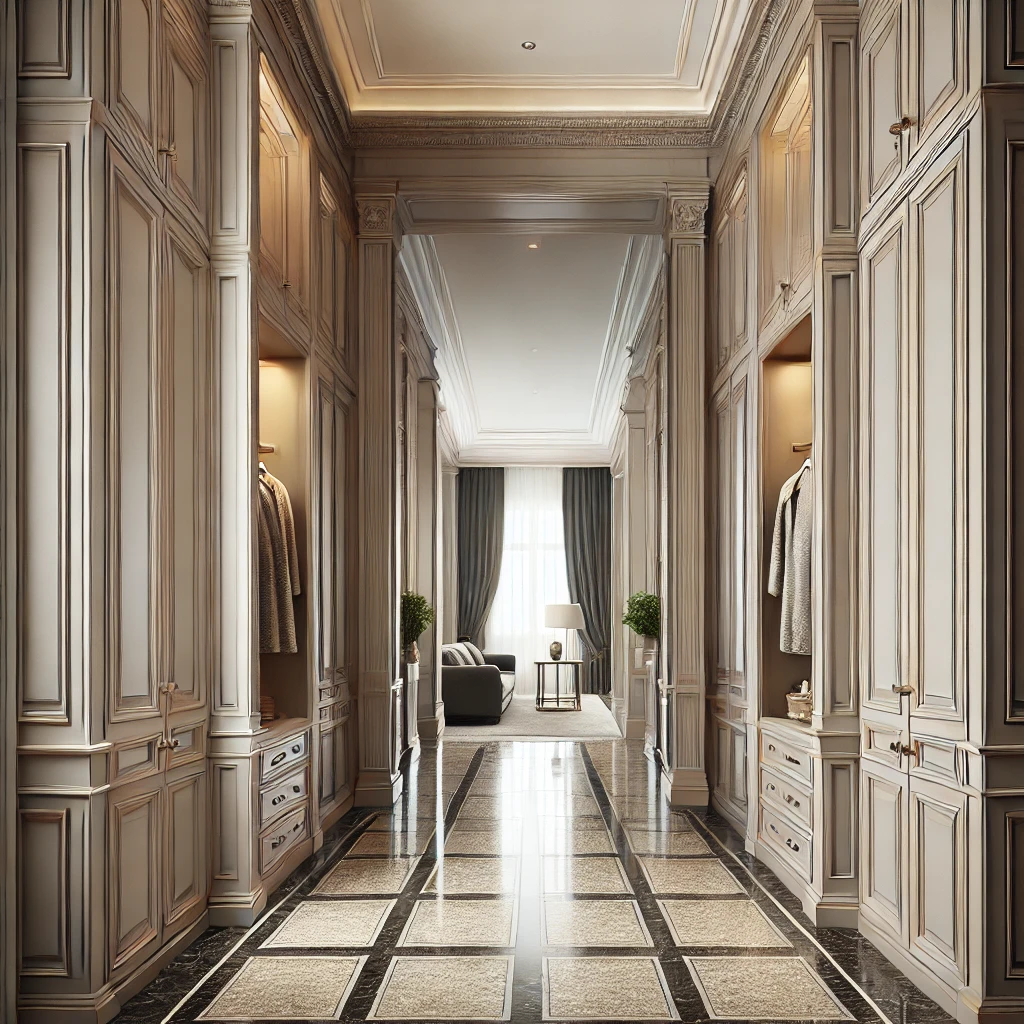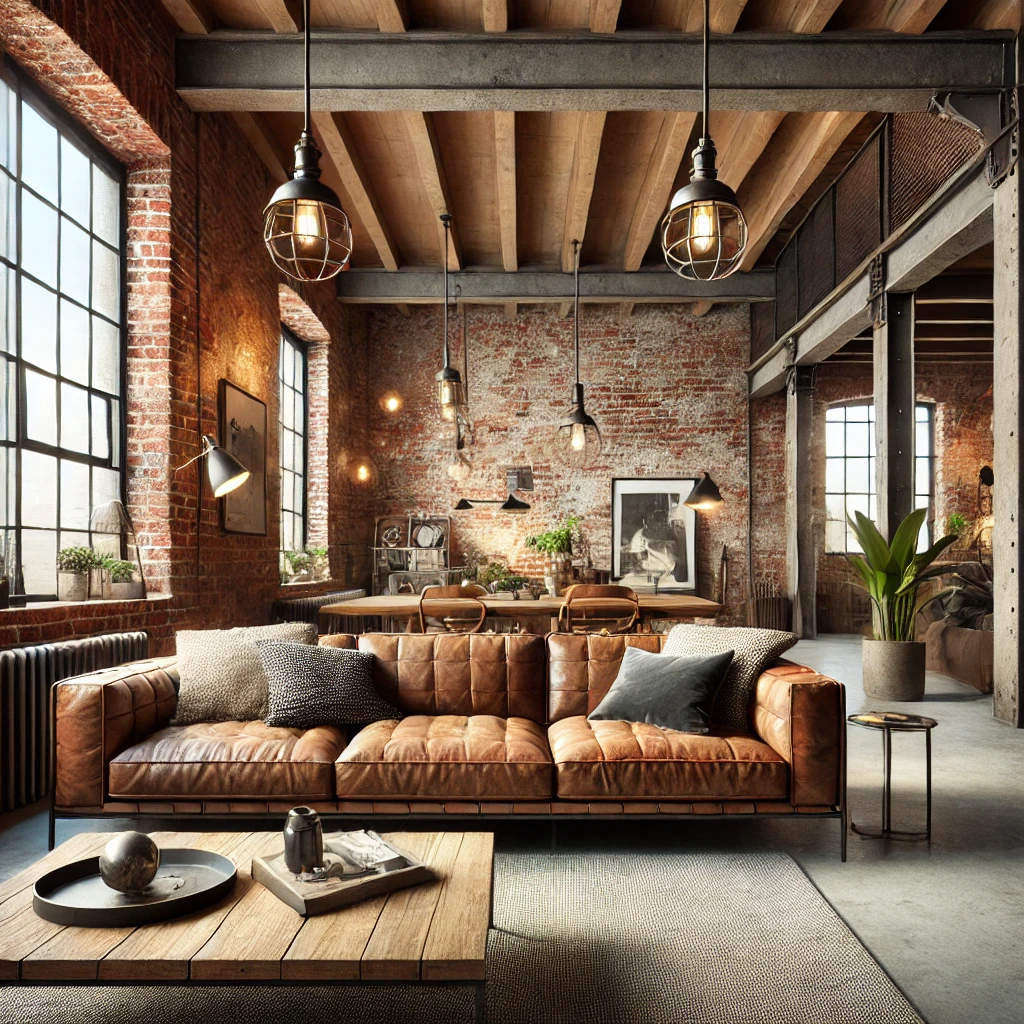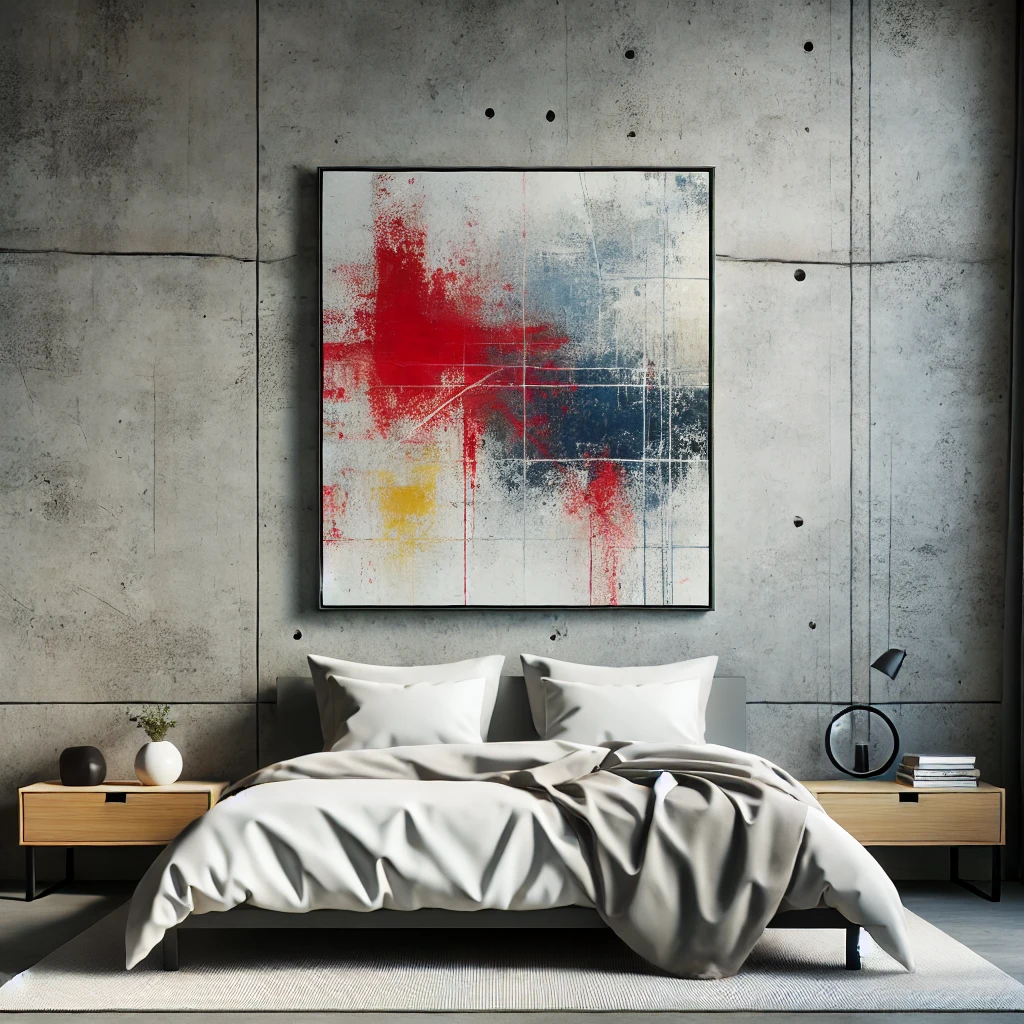Is LIMEWASH Good for Textured Walls?

ZUBRA Limewash Paint – Painting Textures
Limewash paint is a traditional, breathable finish that gives walls depth, making it an excellent complement for a variety of textures, such as “orange peel” texture, “knockdown” texture, trowel-applied textures, and structural plaster. This article discusses using Limewash paint on these different textures.
What is Limewash Paint?
Limewash paint is made from limestone that has been ground, burned, and mixed with water to create a mineral paint. It is then tinted with natural pigments. When applied to walls, it reacts with carbon dioxide in the air to form calcium carbonate, resulting in a soft, matte finish with depth and natural movement.
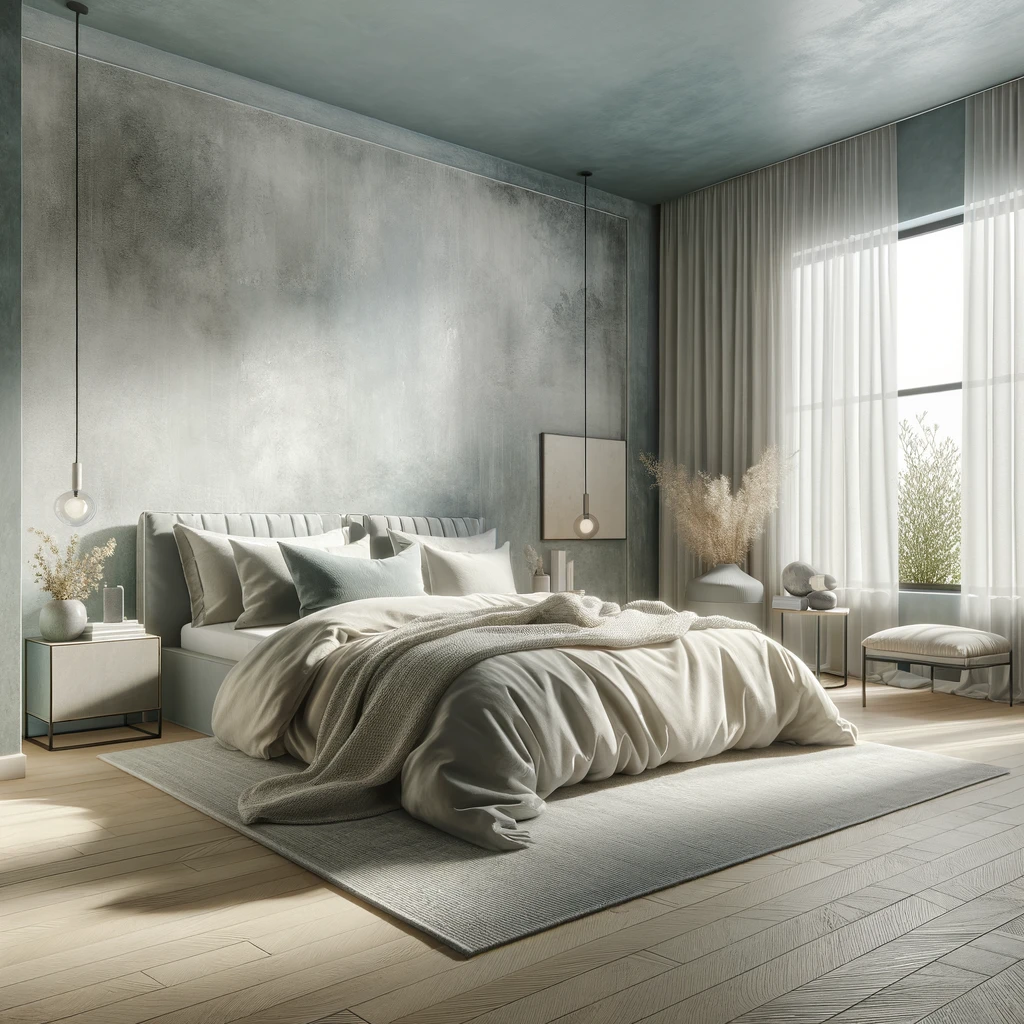
Applying Limewash Paint on Different Textures
Limewash Paint on “Orange Peel” Texture
The “orange peel” texture gets its name from its subtle, uneven finish resembling the skin of an orange. This texture is achieved by spraying a mixture of plaster and water onto the wall and letting it dry.
Applying Limewash paint on “orange peel” texture can enrich the character of the wall, adding softness and interest that might otherwise be monotonous. Start by preparing the wall, removing any loose or flaking paint. Then, using a large block brush, apply the Limewash paint with crisscrossing strokes, working it into the texture. The result is a beautifully aged, Mediterranean-inspired look.
Limewash Paint on “Knockdown” Texture
The “knockdown” texture is another popular wall finish. It involves applying a layer of joint compound, partially drying it, and then smoothing it down with a drywall knife to create a splotchy effect.
Limewash paint works exceptionally well on “knockdown” textures, creating a varied, antique look or adding another layer of depth to the finish that enhances the wall’s visual appeal. The application process is similar to that of “orange peel” texture, with the Limewash paint being brushed onto the wall surface with a block brush.
Limewash Paint on Trowel-Applied Textures
Trowel-applied textures are created by hand using a trowel to apply plaster in various patterns. This technique allows for a range of finishes, from smooth and subtle to heavily textured.
Limewash paint highlights the artisanal nature of trowel-applied textures. It seeps into the grooves and accentuates the unique patterns created by the troweling process. The Limewash paint should be applied with a brush in a random pattern, ensuring it reaches all the indentations.

Limewash Paint on Structural Plaster
Structural plaster walls offer a classic, old-world charm. The dense texture is achieved by applying multiple layers of plaster, often using a sponge or brush to create a unique, tactile finish.
Limewash paint beautifully complements structural plaster. Its natural, matte finish highlights the depth and character of the plaster. Apply the Limewash paint as with other textures, ensuring it penetrates deeply into the texture for a lasting effect.
Advantages of Using Limewash on Textured Walls
Breathability
Limewash paint is highly breathable, which allows walls to release moisture and prevents the buildup of dampness that can lead to mold and mildew. This makes it ideal for older buildings and rooms with high humidity, such as bathrooms and kitchens.
Eco-Friendly
As an eco-friendly paint, Limewash is made from natural ingredients without any harmful chemicals. It’s safe for both the environment and the people living in the home, making it an excellent choice for those who prioritize sustainability.
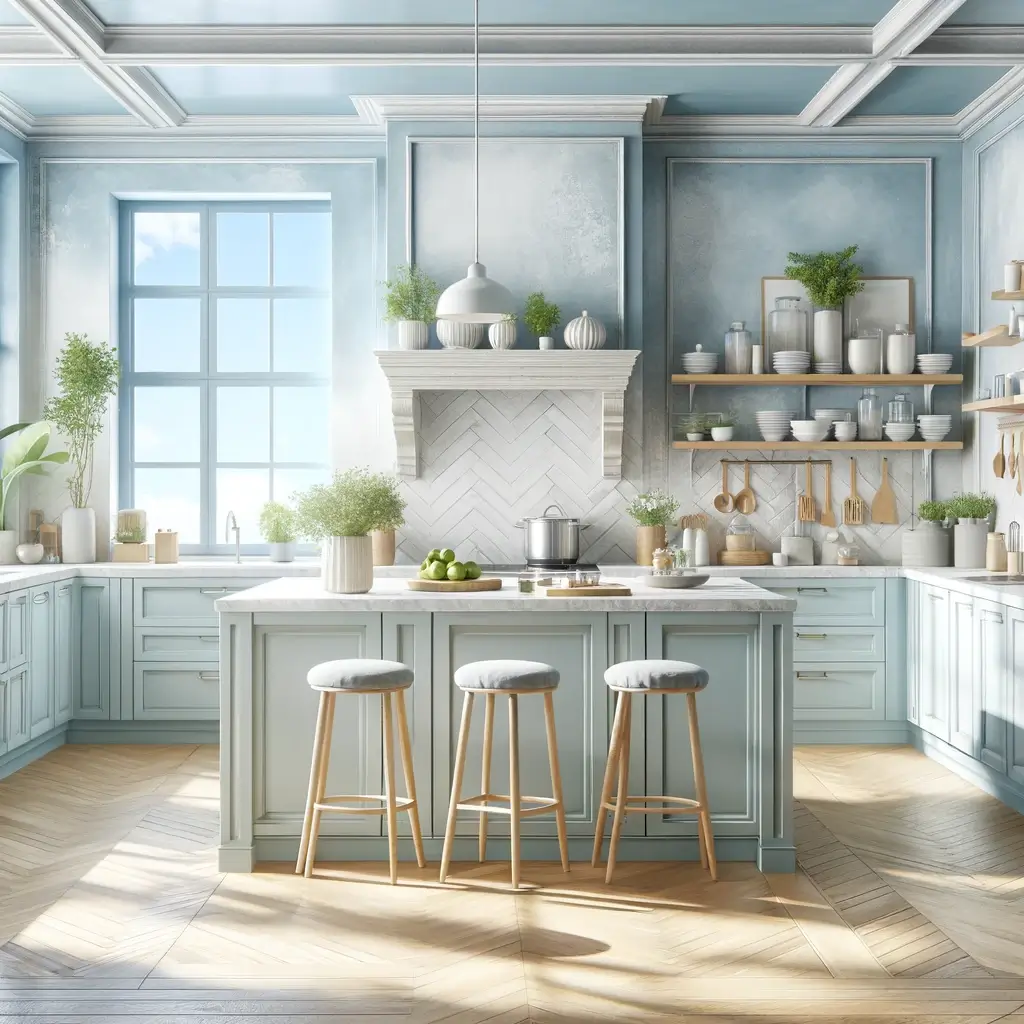
Unique Aesthetic
The natural pigments and the way Limewash interacts with light provide a unique aesthetic that cannot be replicated by synthetic paints. The resulting finish is soft, with a subtle variation in color and texture that adds character to any room.
Easy to Maintain
Limewash is durable and easy to maintain. It can be refreshed with a simple reapplication, making it a practical choice for long-term use. Its natural resistance to mold and bacteria also reduces the need for frequent cleaning.
Steps to Apply Limewash on Textured Walls
Surface Preparation
Proper surface preparation is essential for a successful Limewash application. Ensure that the walls are clean, free of loose paint, and any previous coatings are removed. If necessary, prime the walls to create a stable base for the Limewash.
Application Technique
Using the right technique is crucial for achieving the desired effect. Use a large brush to apply the Limewash in a cross-hatch pattern. This method ensures that the paint gets into all the crevices and textures, creating a rich, layered look.
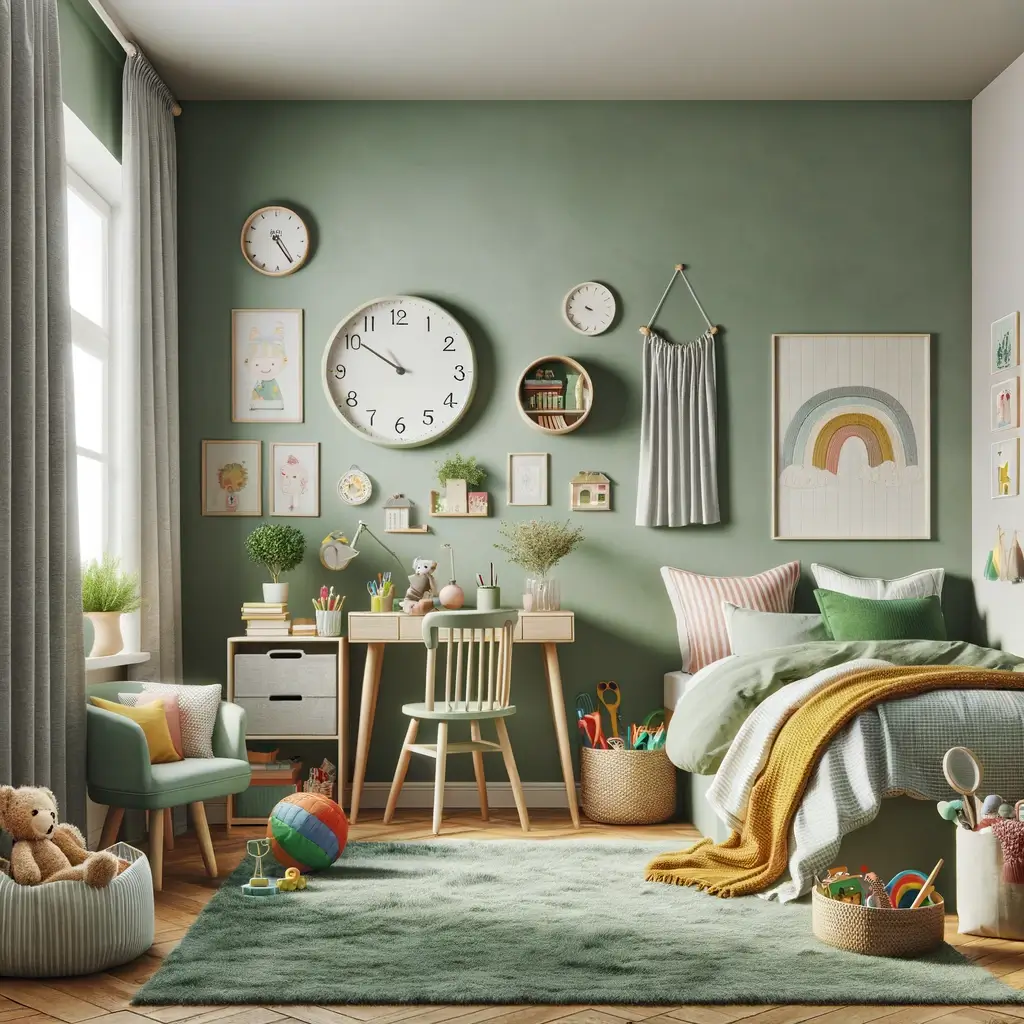
Layering
Limewash often requires multiple layers to achieve full depth and coverage. Allow each layer to dry completely before applying the next one. This process can take a few days but is essential for a durable and beautiful finish.
Final Touches
After applying the final layer, inspect the walls for any uneven areas or spots that need touch-ups. A careful final inspection ensures that the finish is even and aesthetically pleasing.

Conclusion
Limewash paint is a versatile finish that can enhance the aesthetic appeal of various wall textures. It not only looks beautiful but is also environmentally friendly and durable. Whether your walls have a subtle “orange peel” texture or are heavily textured with plaster, Limewash paint can transform them into stunning, timeless backdrops.
Remember, preparation is key when applying Limewash paint. Ensure surfaces are clean, free of loose paint, and primed if necessary. Always apply Limewash paint with the appropriate brush and take the time to work it into the wall’s texture for the best result.





